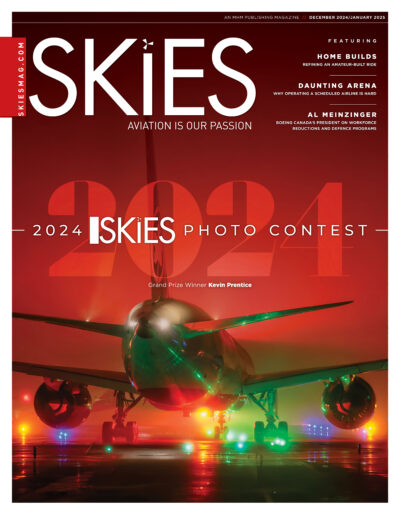A joint effort aimed at managing flights across multiple countries by accurately predicting aircraft positions and arrival times has achieved resounding success. In June, the U.S. Federal Aviation Administration (FAA) conducted a six-day live flight demonstration that showcased the effectiveness of this first-of-its-kind initiative.
The demonstration, which featured flights between the United States, Japan, Singapore, and Thailand, encompassed four unique scenarios. The first and fourth flight segments were led by the FAA; segment 1 operated from Seattle to Tokyo, while segment 4 flew between Bangkok and Seattle. Segments 2 and 3 were conducted in collaboration between the Aeronautical Radio of Thailand, the Civil Aviation Authority of Singapore, and the Japan Civil Aviation Bureau.
By employing Trajectory Based Operations (TBO), the participating nations exchanged detailed trajectory data of the aircraft, while air traffic experts from each country collaborated to sequence the flights’ routes and determine the optimal flight path across multiple regions. The controllers took into account various factors such as weather conditions, air traffic congestion, and airspace closures to ensure smooth flight operations.
According to the FAA, TBO relies on precise aircraft trajectory data, including latitude, longitude, altitude, and time, to provide a comprehensive view of the aircraft’s projected position throughout its journey from takeoff to touchdown. This approach enables aircraft to follow precise flight paths, facilitated by seamless information exchange between air and ground systems.
“In the future, air traffic controllers will shift from sharing information using voice-based exchanges to sharing information more broadly, primarily using data,” noted the FAA in a press release. “This will allow each country to be immediately aware of how changes in other countries will affect a flight and better plan for when an aircraft enters its area of responsibility.”
The successful test demonstrated how sharing and coordinating trajectory information across multiple countries can significantly enhance safety and efficiency in the aviation industry. The FAA believes this type of collaborative approach will help minimize flight delays and disruptions, while reducing travel costs and time for passengers.
Moreover, the FAA says the implementation of this system could reduce fuel burn and carbon emissions by up to 10 percent.
Find more details about the demonstration here.

